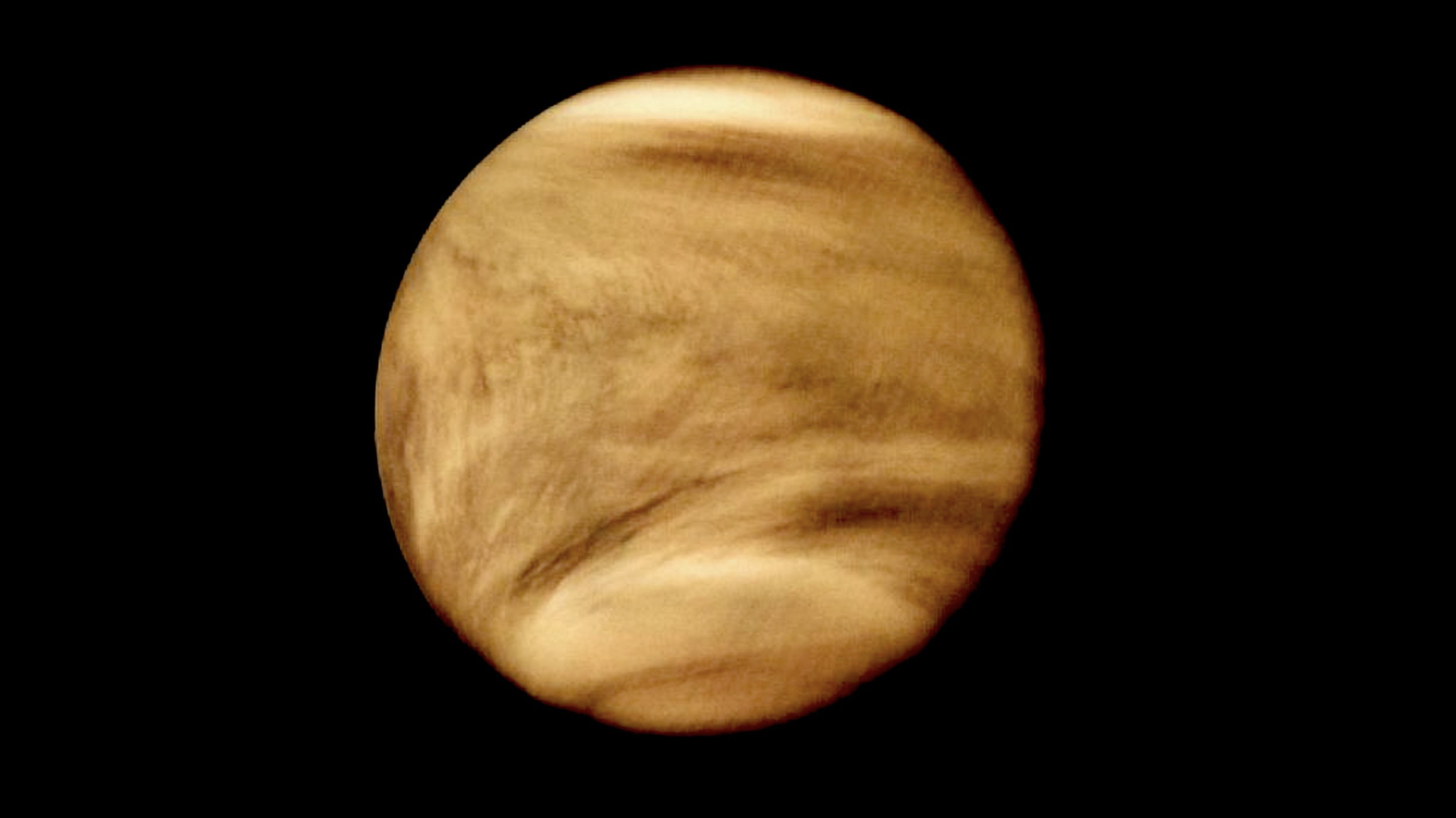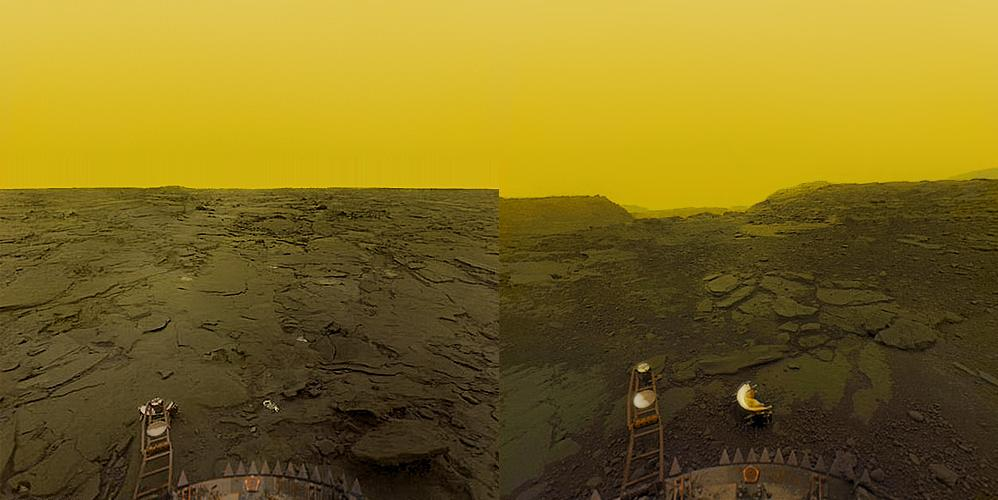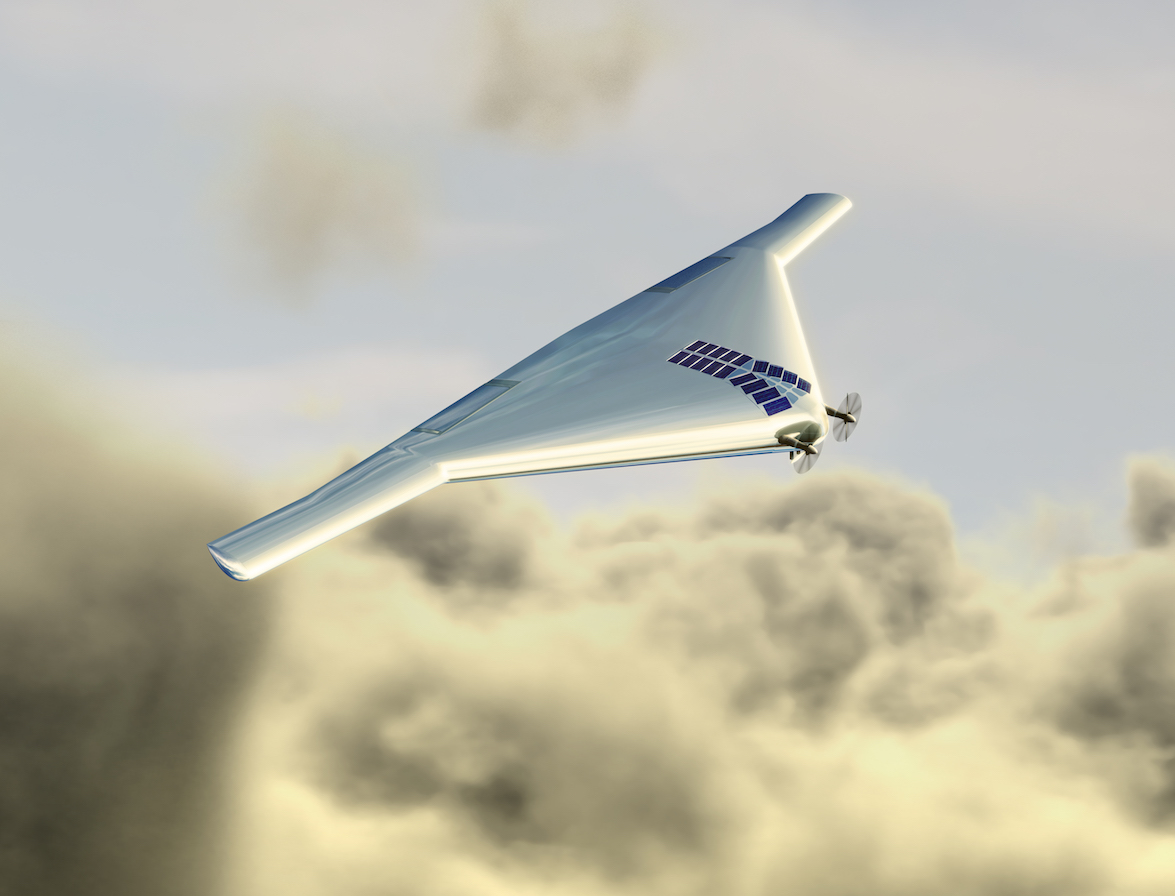
When it comes to searching for evidence of life elsewhere in the Solar System, certain places will always make the top of the list, such as Mars, Europa, Enceladus and Titan. They are considered to be the planet and moons most likely to biologically active, either now or in the distant past. But there is one more planet which, at first thought, would be one of the least likely environments – Venus. This hellish inferno has never been seriously considered a top contender, for obvious reasons. That view is starting to change now however, and it may just turn out that our first glimpse of alien life will come from Earth’s closest planetary neighbor. A new paper just published in Astrobiology supports this contention, that maybe we have been looking at unearthly life all along, and just didn’t recognize it at first.
The new paper comes from an international team of researchers led by planetary scientist Sanjay Limaye of the University of Wisconsin–Madison’s Space Science and Engineering Center. It focuses on something that has been a long-standing mystery of Venus, those unusual dark patches in its upper atmosphere, which have never been explained yet. They were first observed with telescopes nearly a century ago. One possible explanation which has been gaining more credibility lately is that they are composed of microbes, similar to high-floating microbes in Earth’s atmosphere, similar to algae blooms in lakes and oceans on Earth, but more widespread.

“Venus has had plenty of time to evolve life on its own,” said Limaye, who noted that some planetary models suggest Venus once had a habitable climate with liquid water on its surface for as long as 2 billion years. “That’s much longer than is believed to have occurred on Mars.”
While conditions at the surface on Venus are unbearably hot and high-pressured, they are much more hospitable at altitudes of 25–27 miles (40-60 kilometers).
The dark patches, as studied by planetary probes, are composed of concentrated sulfuric acid and some other unknown light-absorbing particles; scientists don’t know what those other particles are yet. The patches can also change shape, size and magnitude quite rapidly. According to the paper:
“The short-term evolution (growth and decay in terms of areal extent and contrast) of these features has been challenging to explain in terms of cloud structure, cloud top altitude differences and/or purely dynamical processes.”


“Venus shows some episodic dark, sulfuric rich patches, with contrasts up to 30–40 percent in the ultraviolet, and muted in longer wavelengths. These patches persist for days, changing their shape and contrasts continuously and appear to be scale dependent,” said Limaye.
The particles in the patches are about the same size as some types of bacteria on Earth, and some of those bacteria are known to feed on carbon dioxide (which makes up most of Venus’ atmosphere), producing sulphuric acid. As also noted in the new paper:
“If Venus’ clouds indeed harbor biology, then these biotic materials could potentially exhibit spectral signatures that overlap with those of Venus’ clouds. For example, the observed contrasts at 270, 283, 365, 410, and 430 nm (Pioneer, Akatsuki, Galileo, and MESSENGER) are tantalizingly similar to the absorption properties of terrestrial biological molecules, which have peak absorptions at wavelengths across the UV and visible regions of the electromagnetic spectrum.”


There are still possible non-biological candidates to explain the odd light-absorbing particles, such as aerosolized elemental sulfur or FeCl3, but the tentative evidence for a possible biological explanation is certainly tantalizing, if not conclusive.
Unfortunately, the probes which have been sent to Venus so far were not equipped to determine whether the mystery particles are organic or non-organic. That will require a follow-up mission, such as the proposed Venus Atmospheric Maneuverable Platform (VAMP) mission, which could sample the particles directly for up to a year or the CubeSat UV Experiment (CUVE) mission.
“To really know, we need to go there and sample the clouds,” said Rakesh Mogul, a professor of biological chemistry at California State Polytechnic University, Pomona, and a co-author on the new paper. “Venus could be an exciting new chapter in astrobiology exploration.”
Even if those dark patches turn out to have a more mundane explanation, there are good reasons to go back to Venus, which is still largely unexplored, especially on the surface, despite being the closest planet to Earth. For the most part, Venus has taken a back seat during the past few decades to missions to Mars and the outer Solar System – there is still a lot to learn there, maybe even some big surprises.
FOLLOW AmericaSpace on Facebook!
SaveSave






“…maybe even some big surprises.” No doubt about that. There should be a major effort to explore Venus with VAMP and other probes. To ignore Venus is to ignore a treasure trove of planetary science. Maybe the Russians were on to something 40 years ago.
it’s the proto-molecule, beltalowda….